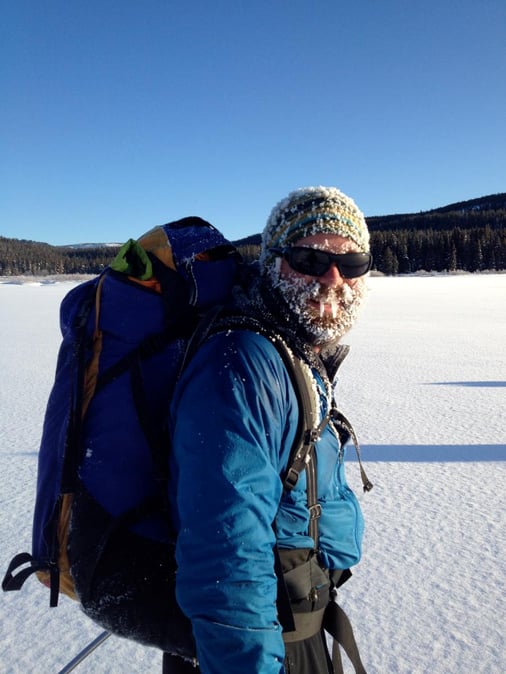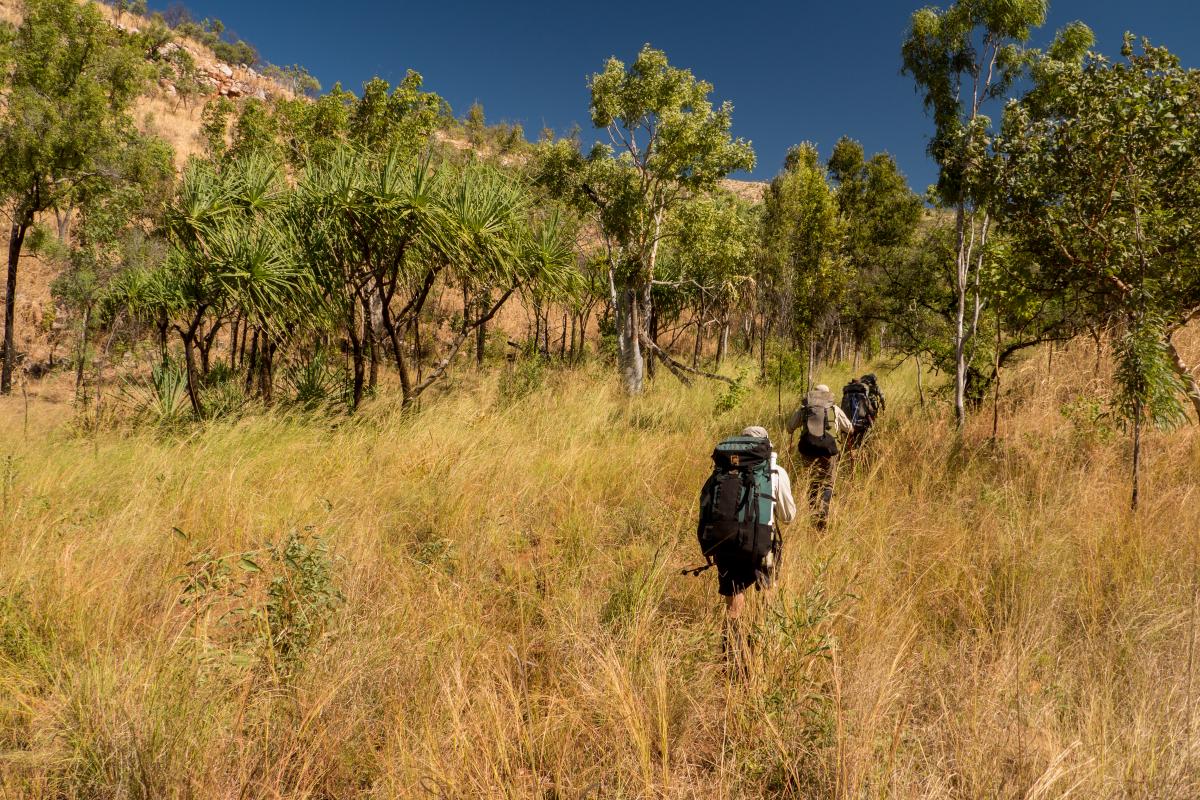Hypothermia is always a concern when you spend time in the outdoors, but when cold winter temperatures hit it’s especially important to pay attention to how you’re losing heat.
Knowing the ways your body loses heat will help you take care of yourself and your friends when it’s cold outside.
Here are the main ways you can get cold (and how not to):
Conduction
- What it is: Conduction is the transfer of heat through direct contact. Energy as heat always moves from the warmer to the colder object.
- What it looks like: You lose heat by conduction when you sit on a cold rock or snow.
- How to prevent it: Insulation from cold objects is the best way to prevent losing heat by conduction. Sit on a foam pad rather than directly on cold rocks or snow; sleep with a sleeping pad; and wear your clothing in layers to create spaces to trap warm air, since air is a good insulator.
Convection
- What it is: This type of heat transfer occurs when two surfaces, in direct contact, are moving relative to each other.
- What it looks like: You lose heat by convection when you’re in direct contact with moving air or water (i.e., wind). The moving air or water strips away the microclimate of warm air that’s next to your skin. Convection also works to warm you up: your blood heats your body by convection.
- How to prevent it: Wear wind-resistant clothing and hoods.
Radiation
- What it is: Radiation is the transfer of electromagnetic energy from a hot object to a cold object.
- What it looks like: Humans are often the warmer objects in the environment, and the heat your body produces can be lost through radiation. You can also receive heat by radiation from fire or the sun.
- How to prevent it: Cover your skin so that the heat you radiate is trapped by your clothing or other layers (like a sleeping bag).
Evaporation
- What it is: The change in state from a liquid to a gas; this change consumes energy from the surface the liquid was on.
- What it looks like: Sweat evaporating from your skin or liquid evaporating from wet clothing.
- How to prevent it: Control how much you’re exerting when you’re outside and wear the appropriate number of layers so that you stay warm without sweating; also, keep your inner clothing dry by wearing waterproof outer layers.
Learn more on a wilderness medicine course.
Editor's note: Information from the book NOLS Wilderness Medicine.
Written By
Molly Herber
Molly is a NOLS instructor and writer. She loves the smell of her backpack and does her best writing before 7:00 am. When she's not scouting the next post for the NOLS Blog, she's running and climbing on rocks in Wyoming. Follow her on Instagram @mgherber






